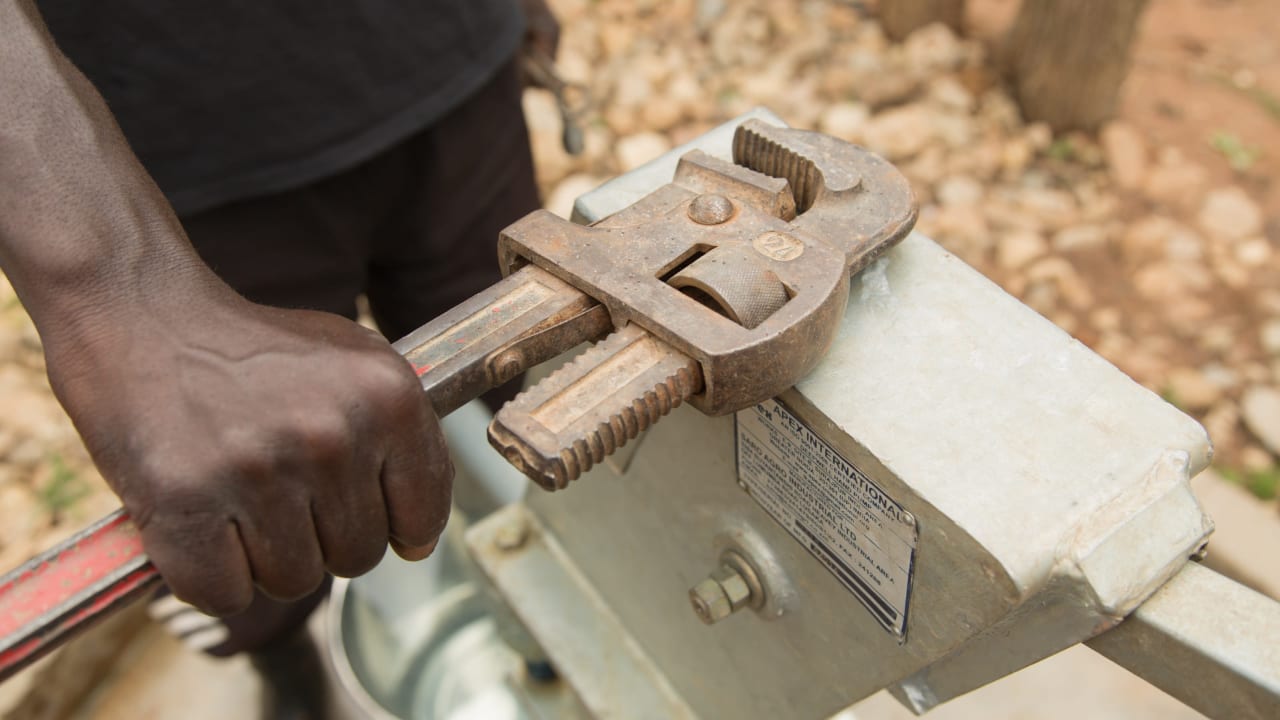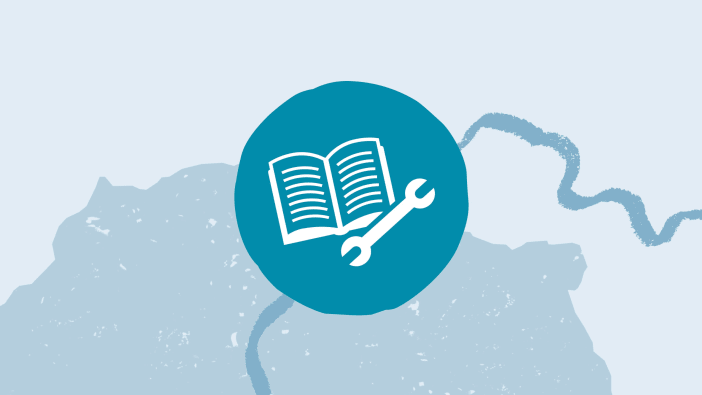Water Safety Plans (WSPs) are a commonly used management system that rely on active community participation and leadership.
WSPs help communities to:
- identify sources of potential contamination (the hazard)
- develop methods to control the hazard
- monitor when the water supply is in compliance
- verify the effectiveness of the whole system (ie from catchment right through to the point of water use or consumption).






